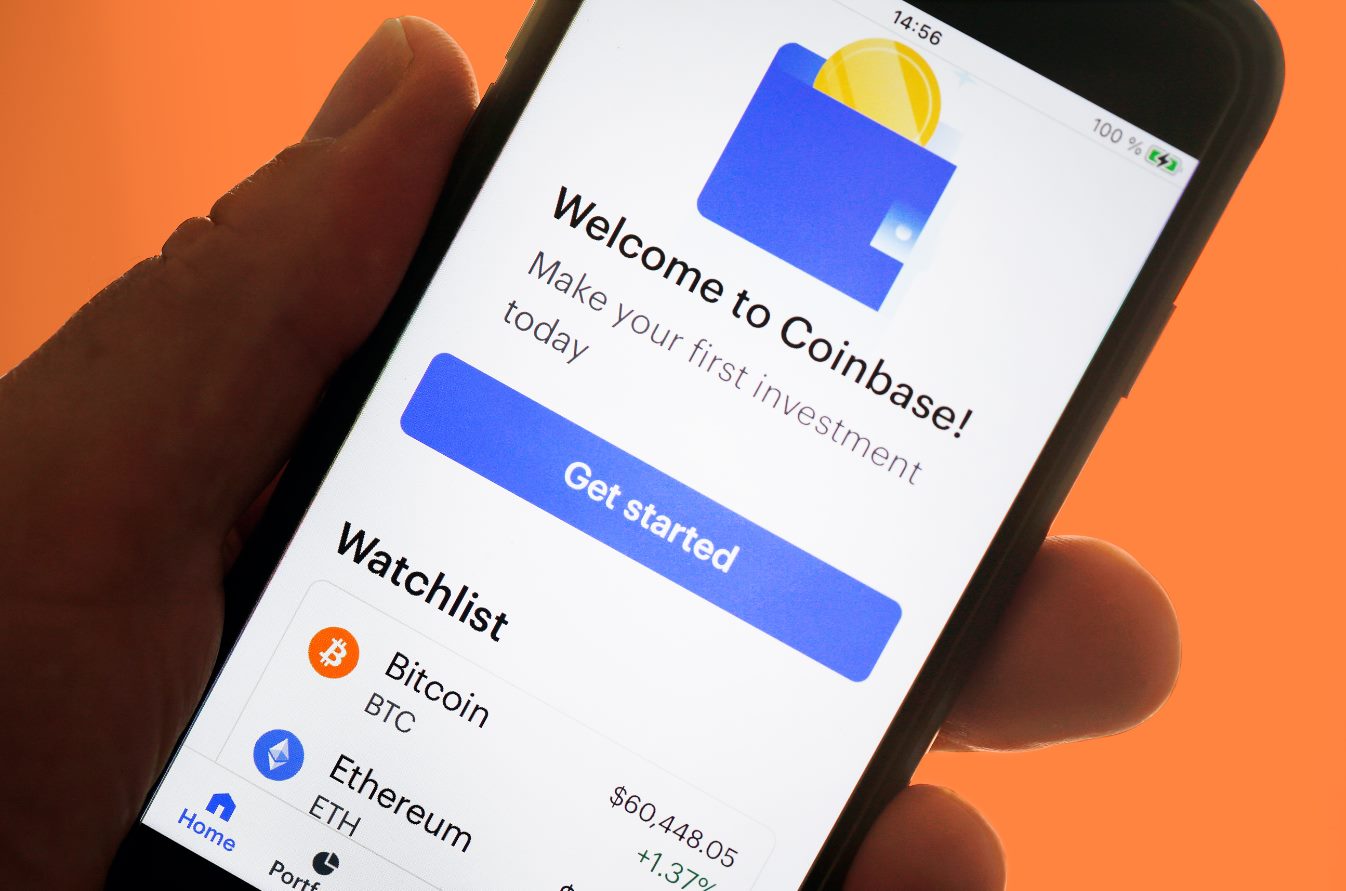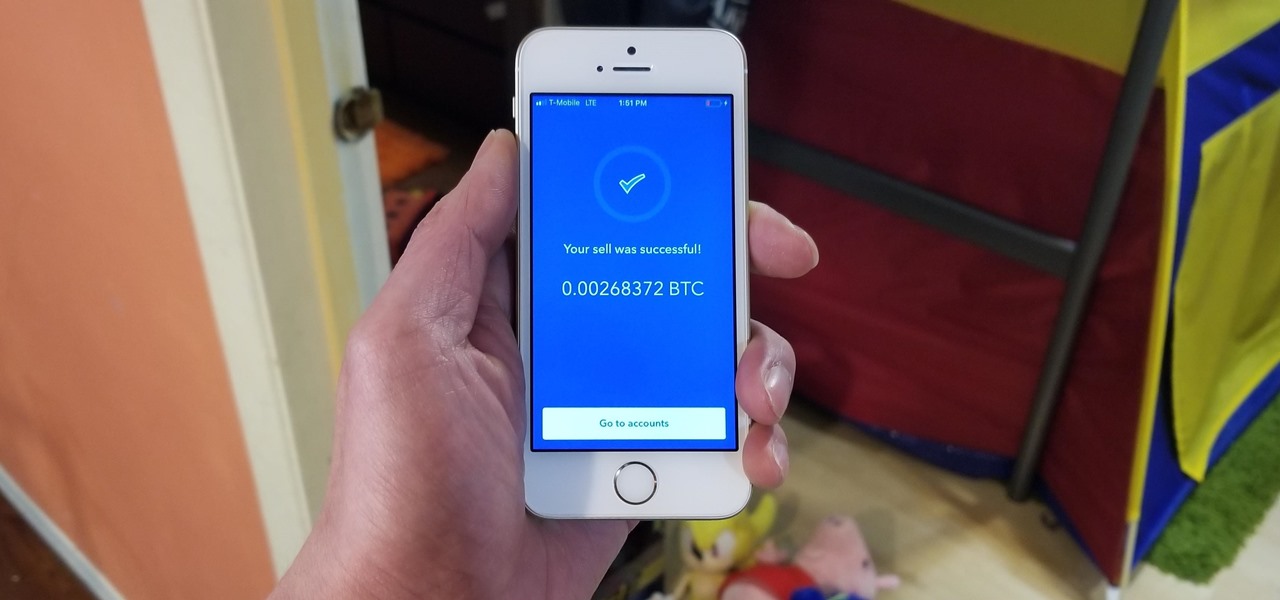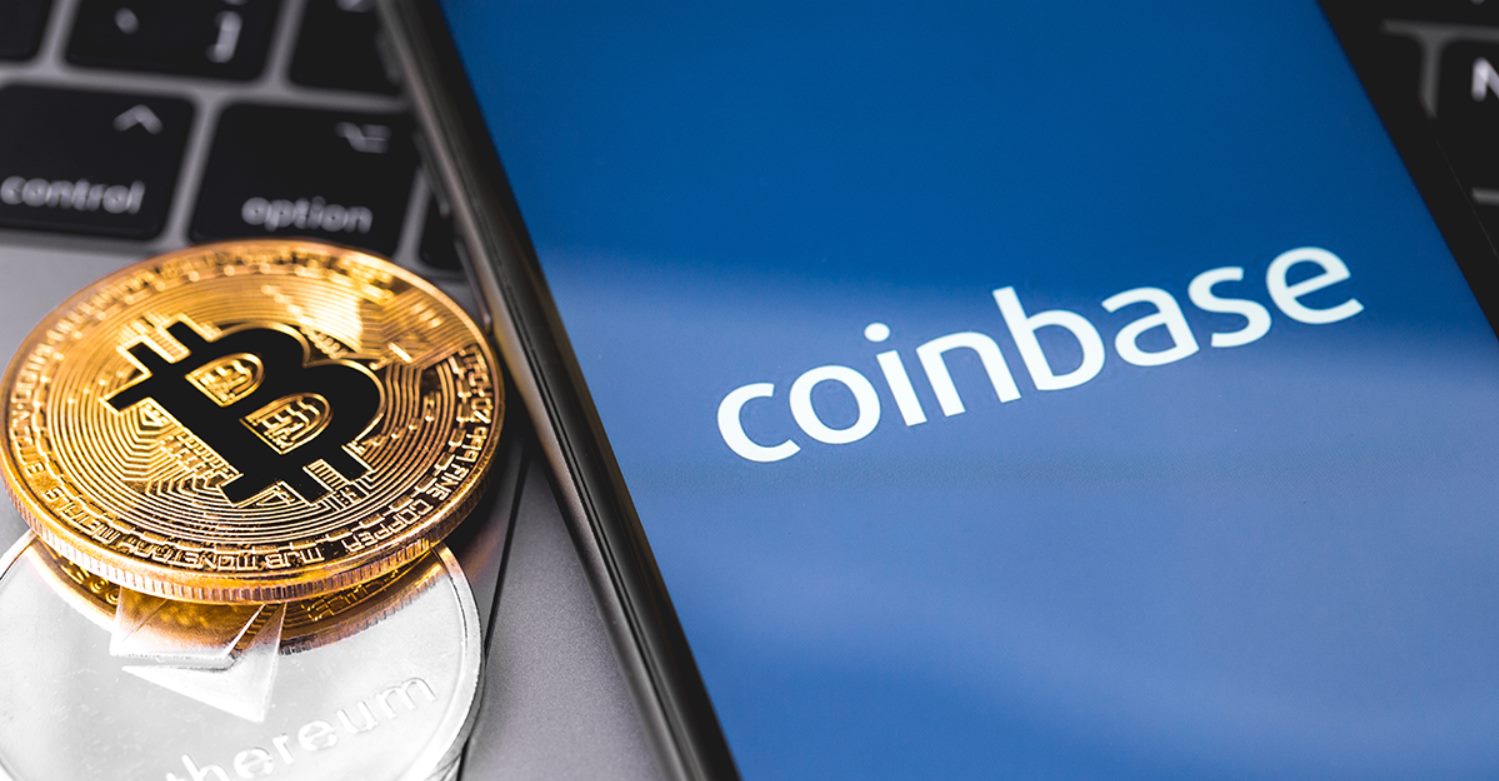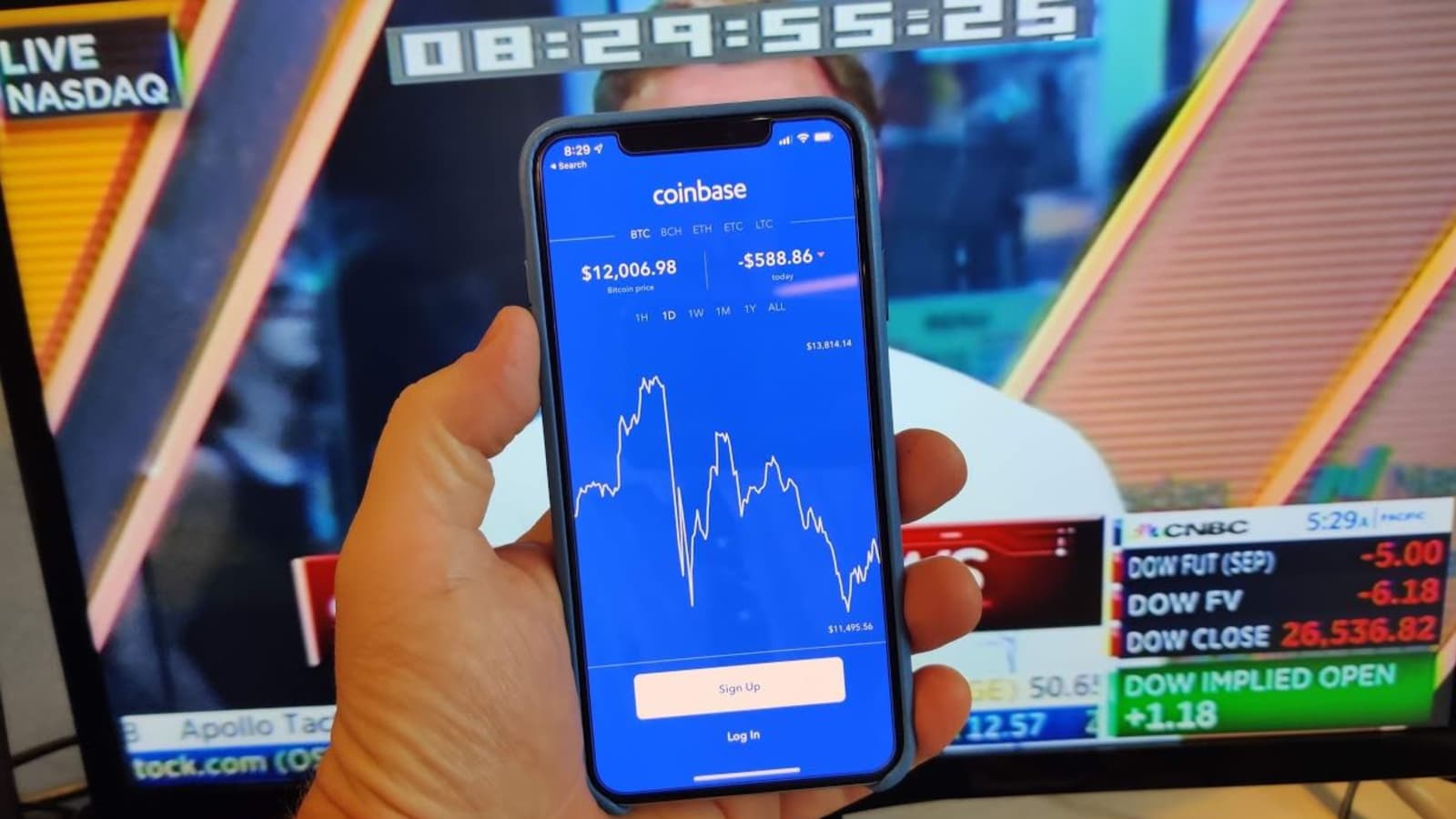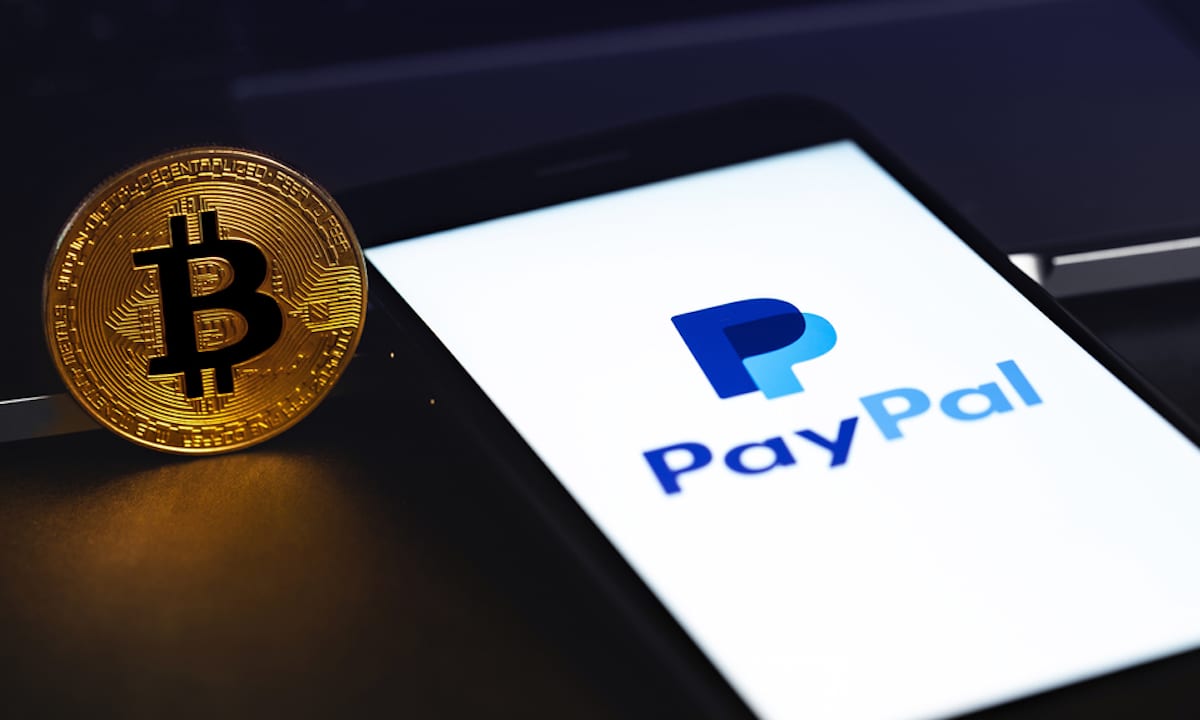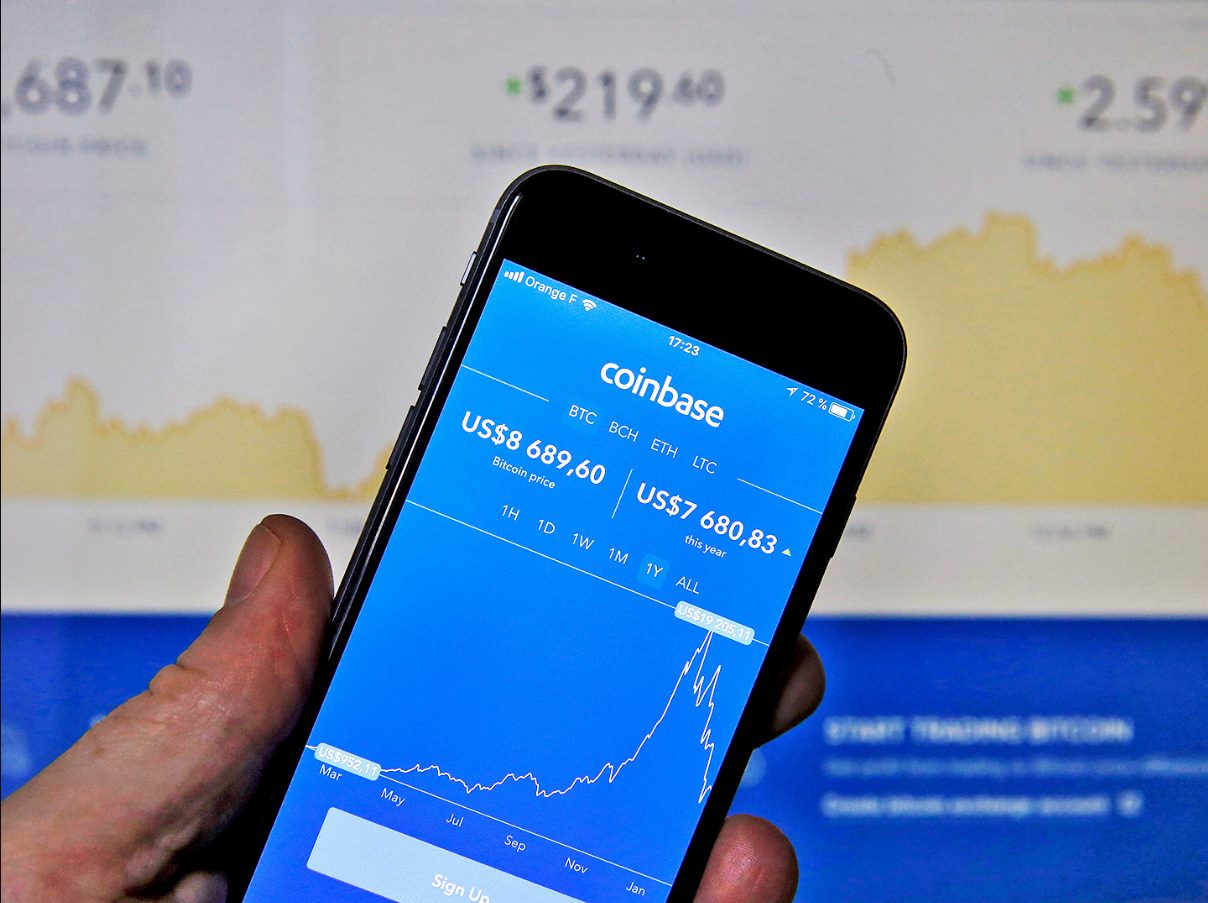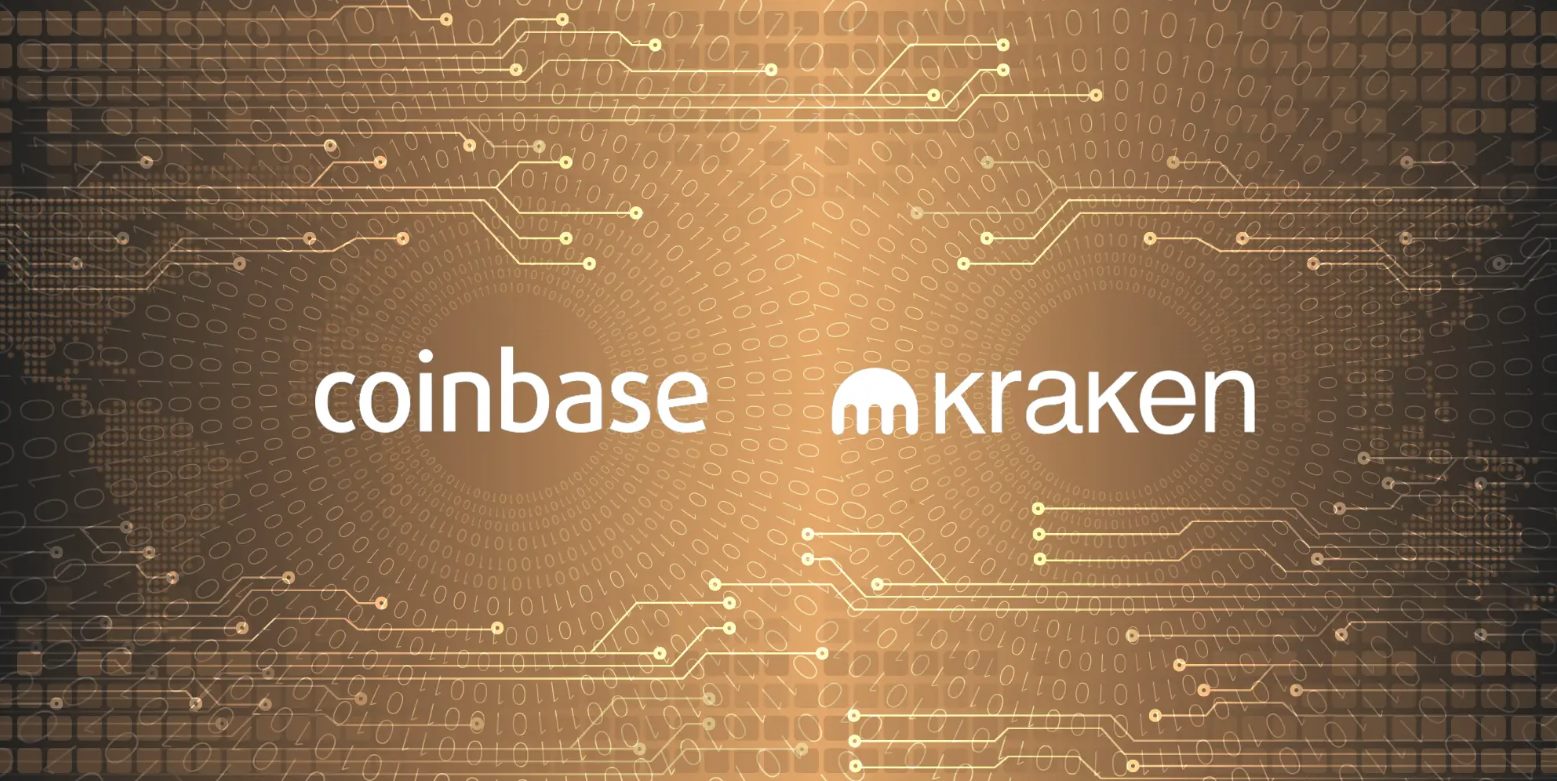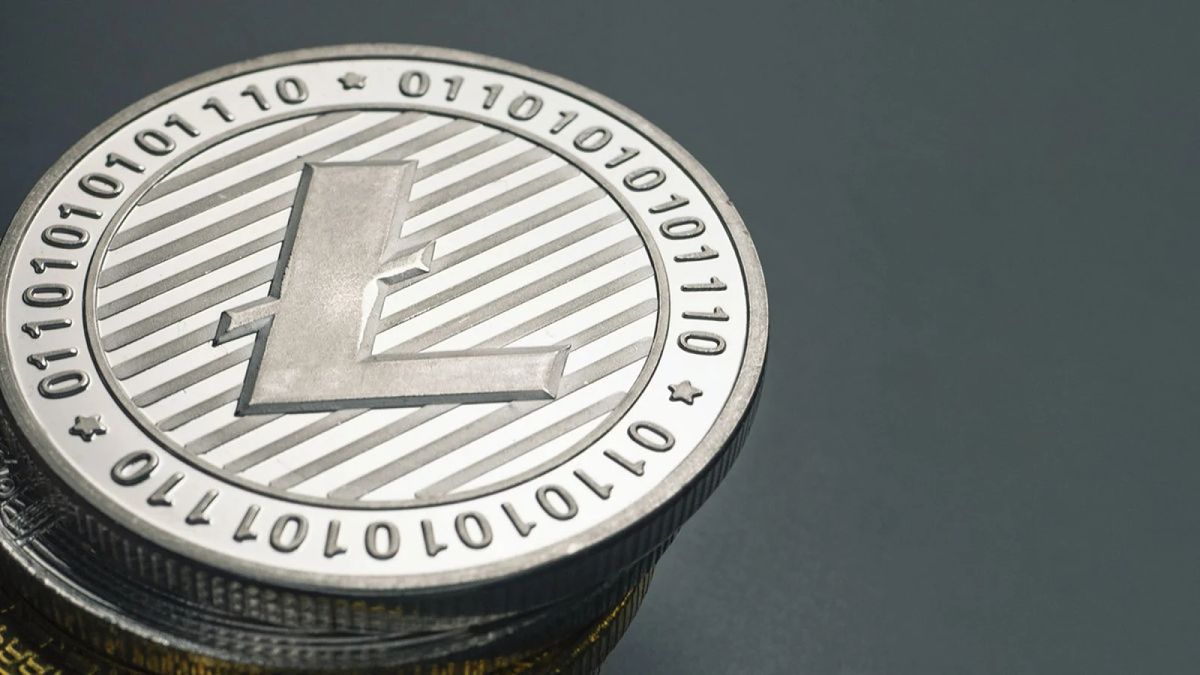Introduction
When it comes to transferring cryptocurrencies, such as Litecoin, one popular platform that many people use is Coinbase. Coinbase is known for its user-friendly interface and reliable services. However, if you’re new to using Coinbase or if you’re experiencing delays in your Litecoin transfers, you may be wondering how long it typically takes for a transfer to complete.
Understanding the process and factors that affect transfer times can help you set realistic expectations and troubleshoot any issues that may arise. In this article, we will delve into the details of how long Coinbase Litecoin transfers typically take and what factors can influence the transfer time. Additionally, we will provide tips and guidance on checking the status of your transfer and speeding up the process.
Before we dive into the specifics, it’s essential to have a basic understanding of the Litecoin network. Litecoin is a decentralized digital currency, similar to Bitcoin, that enables fast and secure peer-to-peer transactions. It was created by Charlie Lee, a former Google engineer, in 2011 as a lightweight alternative to Bitcoin.
The Litecoin network consists of nodes, which are computers that store and validate transactions. When you initiate a transfer on Coinbase, it broadcasts the transaction to the Litecoin network, where it is verified and added to the blockchain. The blockchain is a public ledger that records all Litecoin transactions, ensuring transparency and security.
Now that you have a general understanding of Litecoin and its network, let’s explore the various factors that can affect the time it takes for a Coinbase Litecoin transfer to be completed.
Understanding the Litecoin Network
Before we can delve into the factors that influence the transfer times of Litecoin on Coinbase, it’s important to have a clear understanding of how the Litecoin network operates. Litecoin is a peer-to-peer cryptocurrency that enables fast and secure transactions.
Similar to Bitcoin, Litecoin operates on a decentralized network, which means that there is no central authority controlling the currency. Instead, the network is composed of nodes, which are computers that store and validate transactions.
When a Litecoin transfer is initiated on Coinbase, the transaction data is broadcasted to the Litecoin network. Miners on the network then compete to validate the transaction and add it to the blockchain. Miners are responsible for solving complex mathematical problems using their computing power. Once a miner successfully solves the problem, they add the transaction to a block, which is then linked to previous blocks to form the blockchain.
One of the key differences between Litecoin and Bitcoin is the block generation time. Litecoin has a block time of 2.5 minutes, while Bitcoin has a block time of 10 minutes. The shorter block time of Litecoin allows for faster transaction confirmations, making it an attractive option for those looking for quick transfers.
Another essential aspect of the Litecoin network is transaction fees. When transferring Litecoin, you may need to pay a small fee, which goes to the miners as an incentive for including your transaction in the blockchain. The higher the transaction fee, the more likely miners are to prioritize your transaction.
It’s worth noting that the speed of Litecoin transfers can also be influenced by the overall network congestion. During periods of high demand or network congestion, there may be a backlog of transactions waiting to be processed. This congestion can lead to delays in transaction confirmations, resulting in longer transfer times.
Now that we have a solid understanding of the Litecoin network, let’s explore the various factors that can impact the transfer times on Coinbase. Understanding these factors is crucial for managing your expectations and troubleshooting any delays you may encounter.
Factors Affecting Transfer Times
Several factors can influence the transfer times of Litecoin on Coinbase. By understanding these factors, you can gain insights into why your transfer may be taking longer than expected. Here are the key factors to consider:
- Blockchain Confirmations: When a Litecoin transfer is initiated on Coinbase, it needs to be confirmed by a certain number of blocks on the blockchain. The more blockchain confirmations required, the longer it will take for the transfer to complete. Coinbase, like many other cryptocurrency platforms, typically requires a certain number of confirmations for security purposes.
- Network Congestion: As mentioned earlier, during periods of high demand or network congestion, there may be a backlog of transactions waiting to be processed. This can cause delays in the confirmation and processing of Litecoin transfers. Network congestion is more likely to occur during times of increased market activity or when there are significant events impacting the cryptocurrency space.
- Transaction Fee: The transaction fee you attach to your Litecoin transfer can influence the speed at which miners prioritize your transaction. Miners are more likely to include transactions with higher fees in their blocks, ensuring faster processing. If you set a lower transaction fee, it may take longer for miners to prioritize your transfer.
- Blockchain Size: As the blockchain grows in size over time, with each block added to the chain, it can potentially slow down transaction processing. Miners need to validate and store more data, which can impact the overall speed of Litecoin transfers.
- Wallet or Exchange Processing: In some cases, delays in transfer times can be attributed to wallet or exchange processing. Coinbase, like other exchanges, may have internal processes that need to be completed before a transfer can be initiated or processed. These processes can introduce additional waiting time.
It’s important to note that while these factors can influence transfer times, they are not always within your control. However, understanding these variables can help set realistic expectations and identify potential issues.
In the next section, we will specifically focus on Coinbase and discuss the typical transfer times for Litecoin on the platform. It’s essential to be aware of these timeframes to manage your expectations and monitor the progress of your transfers effectively.
Coinbase Transfer Times for Litecoin
Now that we have explored the factors that can affect transfer times for Litecoin, let’s focus on the typical transfer times on Coinbase. It’s important to note that transfer times can vary depending on network conditions and other factors, so these timeframes are provided as general guidelines.
On Coinbase, the time it takes for a Litecoin transfer to complete can range from a few minutes to several hours. In most cases, transfers are processed relatively quickly, especially during times of low network congestion and normal market conditions.
Typically, the first network confirmation for a Litecoin transfer can occur within a few minutes. This initial confirmation is significant as it indicates that the transaction has been added to the blockchain and is being validated by the network. Subsequent confirmations may take additional time, depending on the number of confirmations required by Coinbase.
If you are sending Litecoin to another Coinbase user, the transfer may be completed instantly, as it does not require confirmation from the blockchain. This feature is known as off-chain or off-exchange transactions, allowing for faster transfers within the Coinbase ecosystem.
However, it’s essential to remember that transfer times can be longer during periods of high network congestion or if you are receiving Litecoin from an external wallet or exchange. In such cases, it may take additional time for the transaction to be confirmed and processed on the Litecoin network.
If you are experiencing significant delays in your Coinbase Litecoin transfers, it’s recommended to check the status of your transfer and explore potential troubleshooting steps, which we will cover in the following sections.
Now that you know what to expect in terms of transfer times on Coinbase, let’s dive into how you can check the status of your Litecoin transfer and troubleshoot any issues that may arise.
How to Check the Status of Your Litecoin Transfer on Coinbase
Keeping track of the status of your Litecoin transfer is crucial, especially if you’re experiencing delays or want to ensure that the transfer has been successfully processed. Fortunately, Coinbase provides a straightforward way to monitor your transfer’s progress. Here’s how you can check the status of your Litecoin transfer:
- Log in to Coinbase: Visit the Coinbase website or open the Coinbase app, and log in to your account using your credentials.
- Navigate to the ‘Accounts’ section: Once you’re logged in, find the ‘Accounts’ section, which lists all your cryptocurrency holdings.
- Locate your Litecoin wallet: Scroll through the accounts list and find your Litecoin wallet. Click or tap on it to access the wallet details.
- Check the transaction history: Inside your Litecoin wallet, you’ll find a transaction history. Look for the specific transfer that you want to check the status of. Coinbase usually provides a transaction ID or a link to the transaction details.
- Click on the transaction details: Click or tap on the transaction to open the details page. Here, you’ll find important information about the transfer, including the number of network confirmations it has received.
- Monitor the confirmations: Keep an eye on the number of confirmations. As more confirmations are added, it indicates that the transfer is progressing and getting closer to completion.
- Check external blockchain explorers: If you’d like to gather more information about the transaction, you can also use external blockchain explorers. These websites or tools allow you to search for your transaction using the transaction ID. Popular blockchain explorers include Blockchair, BlockCypher, and Blockchain.com.
By following these steps, you can easily check the status of your Litecoin transfer on Coinbase. However, if you notice significant delays or encounter any issues with your transfer, you may need to take additional steps to troubleshoot the problem, which we’ll discuss in the next section.
Before we move on to troubleshooting, it’s essential to note that transfer times can vary depending on network conditions and other factors. If your transfer is still under the expected time frame, it’s advisable to be patient and monitor the progress. However, if you believe there may be an issue, it’s worth exploring further.
Troubleshooting Slow Litecoin Transfers on Coinbase
If you’re experiencing slow Litecoin transfers on Coinbase, there are several troubleshooting steps you can take to identify and resolve the issue. Here are some common strategies to help troubleshoot slow transfers:
- Check network congestion: As mentioned earlier, network congestion can cause delays in transaction confirmations. Check the current state of the Litecoin network to see if there is high congestion. You can use websites like Blockchair or BlockCypher to monitor the overall network status.
- Verify transaction details: Ensure that you have entered the correct recipient address and transaction amount. Double-checking these details can help prevent any issues that may cause delays.
- Monitor the status: Follow the steps outlined in the previous section to check the status of your transaction on Coinbase and external blockchain explorers. Keep an eye on the number of confirmations and any updates provided.
- Reach out to Coinbase: If your transfer is significantly delayed or you suspect an issue with your Coinbase account, it’s recommended to contact Coinbase customer support. They can provide insights into the status of your transfer and help troubleshoot any potential issues.
- Adjust transaction fee: If you set a lower transaction fee for your Litecoin transfer, it may take longer for miners to prioritize your transaction. Consider increasing the transaction fee to incentivize faster processing.
- Be patient: While delays can be frustrating, it’s important to remember that transfer times can vary depending on network conditions and other factors. Sometimes, delays can be temporary, and the transfer will eventually be completed.
- Consider alternative solutions: If the transfer is time-sensitive or you consistently experience slow transfers on Coinbase, you may explore alternative cryptocurrency platforms or wallets that offer faster transaction speeds.
By following these troubleshooting steps, you can often identify the cause of the slow Litecoin transfers and take appropriate action. However, it’s important to note that in some cases, the delay may be beyond your control due to external factors such as network congestion or blockchain limitations.
Now that we’ve covered troubleshooting strategies, let’s discuss some tips to speed up Litecoin transfers on Coinbase to enhance your overall experience.
Tips to Speed Up Litecoin Transfers on Coinbase
If you’re looking to expedite the transfer times of your Litecoin transactions on Coinbase, here are some tips to help speed up the process:
- Set a higher transaction fee: Increasing the transaction fee attached to your Litecoin transfer can incentivize miners to prioritize your transaction. A higher fee increases the likelihood of quicker processing and confirmation.
- Check network conditions: Keep an eye on the overall network conditions and choose periods of low congestion for initiating your transfers. This can help minimize potential delays caused by high network activity.
- Use off-chain transactions: If you’re transferring Litecoin between Coinbase accounts, opt for off-chain transactions. These transfers happen instantly within the Coinbase ecosystem and do not require confirmation from the blockchain.
- Utilize batched transactions: Coinbase uses transaction batching to optimize the processing of transfers. If possible, consolidate multiple Litecoin transfers into a single transaction to take advantage of this batching feature and potentially reduce overall transfer times.
- Keep your wallet and app up to date: Ensure that you are using the latest version of the Coinbase app or web platform. Updates often include performance enhancements and bug fixes that can improve the speed and reliability of Litecoin transfers.
- Review account verification: Complete all necessary identity verification steps on Coinbase to avoid potential delays in your transfers.
- Consider alternative cryptocurrency platforms: If speed is a critical factor for your transfers, you may explore other cryptocurrency platforms that offer faster transaction times. It’s always a good idea to research and compare different platforms to find one that aligns with your specific needs.
By implementing these tips, you can potentially expedite the transfer times of your Litecoin transactions on Coinbase. However, it’s important to remember that transfer times can still vary depending on network conditions and other external factors beyond your control.
Now that we have covered tips to speed up Litecoin transfers, let’s summarize the key points discussed in this article.
Conclusion
In conclusion, understanding the factors that affect transfer times and knowing how to check the status of your Litecoin transfers on Coinbase is essential for managing your expectations and troubleshooting any issues that may arise. While transfer times can vary depending on network conditions, congestion, and other factors, Coinbase typically processes Litecoin transfers within minutes to a few hours.
During the transfer process, it’s crucial to monitor the number of network confirmations and take advantage of external blockchain explorers to gather additional information about your transaction.
If you experience slow transfers, it’s advisable to follow the troubleshooting steps outlined in this article, such as verifying transaction details, adjusting transaction fees, and reaching out to Coinbase support for assistance. Remember to be patient, as delays can sometimes occur due to network congestion or other external factors beyond your control.
To help speed up Litecoin transfers on Coinbase, consider setting higher transaction fees, utilizing off-chain transactions when possible, and reviewing network conditions before initiating transfers. Keeping your Coinbase app and wallet up to date and considering alternative cryptocurrency platforms may also enhance transfer speeds.
By staying informed and implementing these tips, you can improve the efficiency and speed of your Litecoin transfers on Coinbase, ensuring a smoother and more satisfying cryptocurrency experience.







